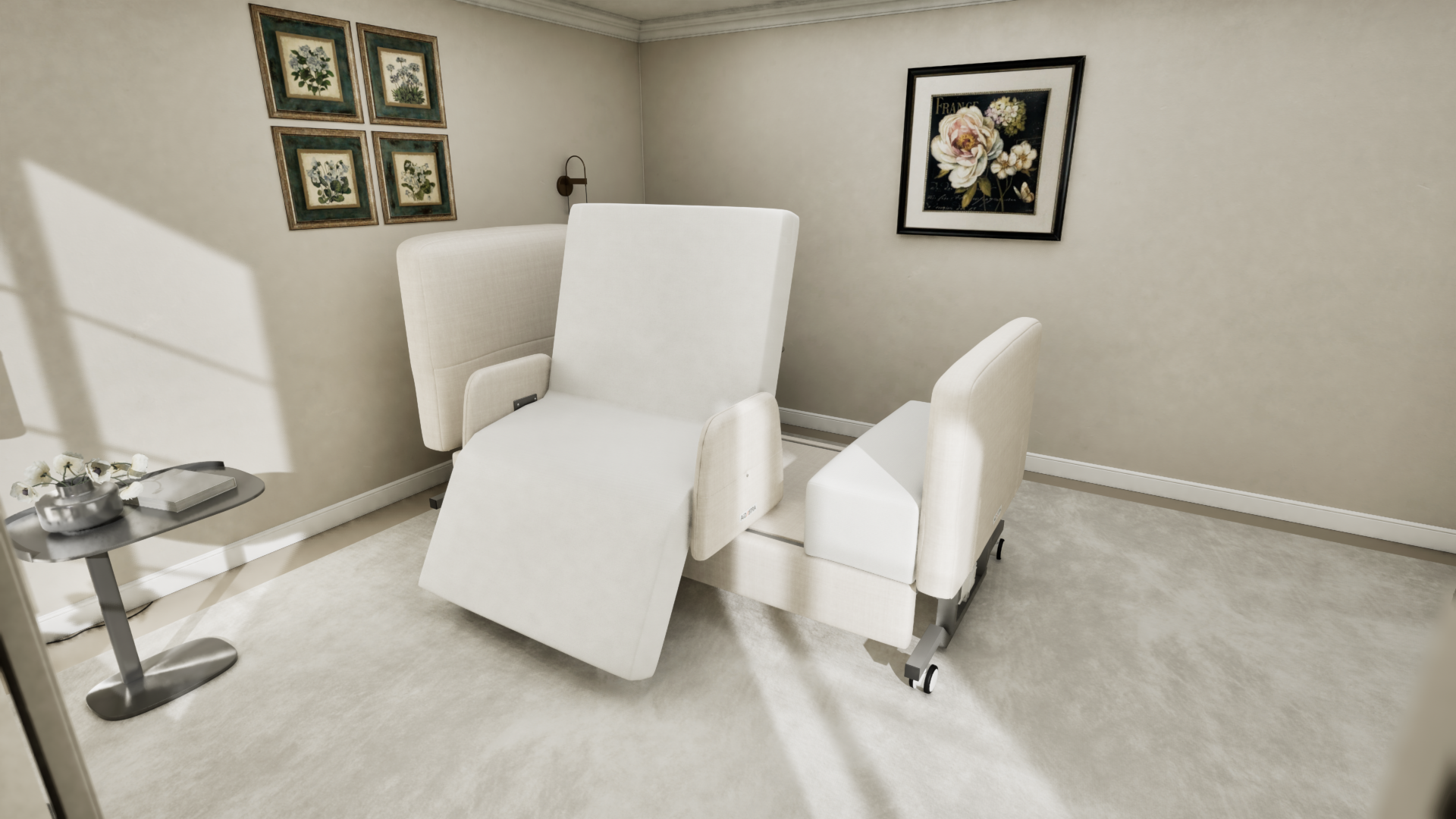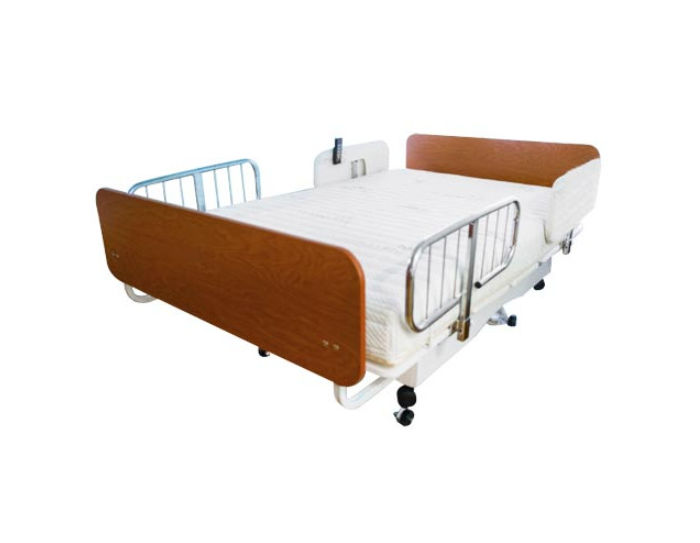The Best Guide To Hospital Beds For Home Use
The Best Guide To Hospital Beds For Home Use
Blog Article
The Best Guide To Hospital Beds For Home Use
Table of ContentsThe Ultimate Guide To Hospital Beds For Home UseGet This Report about Hospital Beds For Home UseThe Basic Principles Of Hospital Beds For Home Use Some Known Details About Hospital Beds For Home Use The Basic Principles Of Hospital Beds For Home Use Our Hospital Beds For Home Use PDFsHospital Beds For Home Use Things To Know Before You Buy
There are three major types of medical facility beds: manual, semi-electric, and fully-electric. These beds make use of hand cranks to readjust the bed's elevation and elevate and reduce the head and the foot.
Semi-electric beds have an electric motor to increase and reduce the head and foot parts of the bed (hospital beds for home use). Full-electric beds have an electrical motor that can increase the head and foot areas of the bed as well as the whole height and positioning of the bed.
The Ultimate Guide To Hospital Beds For Home Use
There are several types of hospital beds, each made to satisfy certain patient needs. Right here are some usual kinds: This is the most usual kind of health center bed, created for general clinical use.
Lower to the ground than a standard bed. This type of bed is developed for bigger clients, with a bigger framework and higher weight ability than a typical bed. This sort of bed is developed particularly for children, with smaller sized sizes than a standard bed. Unique features such as full length side rails and cartoon style.
This type of bed is designed for critically ill clients who call for open surveillance and specialized clinical equipment such as ventilators and infusion pumps. This type of bed is developed for use throughout labor and distribution, with adjustable settings and attributes to support the mother and baby throughout the birth process.
Hospital Beds For Home Use Things To Know Before You Buy
Numerous function and the accessories perform broadening traction to different parts of the vertebra and the extremities without relocating the human body. These are just a couple of examples of the types of healthcare facility beds readily available. The specific sort of bed made use of will rely on the person's problem, clinical demands, and various other aspects.
Below is the important things you require to understand. A one-function healthcare facility bed is a clinical bed that allows a person to move only the head or foot area up or down. A 2 function health center bed generally describes a type of clinical bed that has two flexible functions to assist patients in hospitals or care centers.

Hospital Beds For Home Use Things To Know Before You Buy
A 7-function ICU bed is a kind of clinical bed that supplies numerous flexible functions to sustain seriously ill clients in a critical care unit (ICU) (hospital beds for home use). The seven functions generally include: Backrest adjustment: The back-rest can be readjusted to numerous angles to aid the client sit up or rest easily
Elevation change: The bed can be raised or lowered to make it much easier for individuals to obtain in and out of bed, and for caretakers to provide treatment. Trendelenburg position: The entire bed can be slanted to advertise blood flow and circulation in the body. Reverse Trendelenburg placement: The bed can also be tilted in the opposite direction to advertise blood circulation and flow in the upper body.
1. What Size is a Medical Facility Bed? 2. How Much Does a Hospital Bed Expense? 3. Why Do Healthcare Facility Beds Have Side Rails? 4. What Are The Main Health Center Bed Components?. While more budget friendly than electric designs, these beds call for physical initiative for adjustments. The major advantages of manual beds are their price and reliability, as they do more tips here not count on electrical energy. However, the need for manual effort can be a limitation in situations where quick changes are necessary This Site or where caretakers encounter physical obstacles.
More About Hospital Beds For Home Use
They are fit for patients who require very little rearranging for comfort or clinical demands. Semi-electric hospital beds offer a balance of handbook and electrical controls. The head and foot areas are generally changed with electric controls, while the elevation is readjusted manually. These beds provide a suitable center ground in between manual and totally electrical choices, supplying simplicity of use without the complete price of electrical models.
Semi-electric beds are appropriate for individuals who require modest modifications to the head and foot areas however can handle without constant height modifications. This makes them an economical service for those looking for comfort and comfort without the requirement for consistent repositioning. Fully electrical hospital beds feature electrical controls for smooth changes to the elevation, head, and foot sections.
Specialized healthcare facility beds, such as ICU beds, lasting treatment beds, and bariatric beds, are carefully developed to attend to particular medical requirements. These beds use customized look after varied person teams, enhancing both results and convenience. In the following areas, we will certainly discover the primary sorts of specialty medical facility beds, describing their certain advantages and applications.
With years of experience in making electric direct actuators - hospital beds for home use and close partnership with the healthcare industry, TiMOTION is well-positioned to offer reliable health care solutions. Our vertically incorporated firm manages every action of the manufacturing process, from layout to actuator setting up, guaranteeing we provide read more remarkable value and personalized remedies customized to your specific demands
Our Hospital Beds For Home Use Diaries

To find out more concerning incorporating these innovations into your products, contact us today. Further reading:.
Data is sourced from the Medicare Cost Record.

7 Easy Facts About Hospital Beds For Home Use Described
A healthcare facility bed is a bed created especially for clinical functions. It is not only an area for patients to relax, however additionally a system for clinical operations. Unlike normal home beds, hospital beds usually have adjustable features, which can assist in clinical staff to make different adjustments according to the needs of individuals, such as altering the elevation, disposition, and assistance angle of the back and legs of the bed.
Report this page